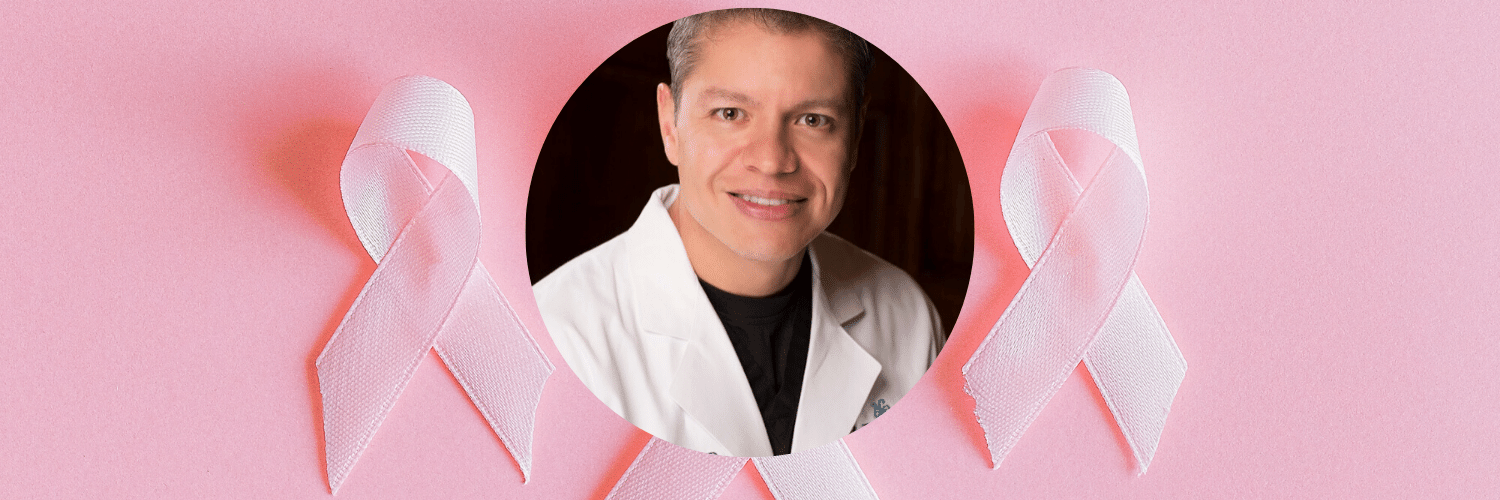
This week UT Southwestern Medical Center released a press release announcing their newest development in breast reconstruction techniques. The new method combines the advantages of two different types of microsurgical procedures using tummy tissue to reconstruct a breast after a mastectomy.
Wanting to know more I asked PRMA’s Dr. Oscar Ochoa to weigh in. Here is what he had to say:
“Abdominal-based flaps are widely regarded as the gold-standard in autologous reconstruction of the breast following mastectomy. With sparing of abdominal musculature and supporting fascia, deep inferior epigastric perforator (DIEP) and superficial inferior epigastric artery (SIEA) flaps have gained broad popularity due to maintenance of abdominal wall stability. While the abdominal tissue harvested with either DIEP or SIEA flaps is identical, the distinction between both flaps is determined by the vessels carrying blood to and from the flap tissue. The arteries and veins of DIEP flaps invariably match the recipient vessels in the chest wall making the vascular connections extremely reliable. On the other hand, the arteries and veins of SIEA flaps are generally of smaller diameter creating a mismatch when connected to the recipient vessels in the chest. The size mismatch makes performing the connections not only technically more difficult, but also potentially more risky as blood flow turbulence may precipitate formation of blood clots within the vessels disrupting blood flow to or from the flap. Although relatively rare (<5%), disruption of blood flow to the SIEA flap could ultimately lead to irreparable flap damage or failure.
Drs. Hallock and Teotia’s innovative solution to the size mismatch problem of the SIEA flap is meaningful! With this new technique, the deep inferior epigastric vessels (which are the source vessels of the DIEP flap) are sacrificed and function as an intermediary or graft between the SIEA flap and recipient chest vessels effectively minimizing the vessel size discrepancy seen with standard SIEA flaps thus theoretically decreasing the risk of blood clot formation due to flow turbulence. Two factors, however, require careful consideration prior to wide acceptance of this novel technique. First, utilization of the deep inferior epigastric vessels as an interposition graft between the SIEA and chest vessels is an intricate adjunct to an already complex procedure which will invariably add to the required operative and anesthesia time which in turn may increase complications. Second, the addition of the interposition vascular grafts increase the number of vessel connections (anastomoses) which is also known to increase the incidence of complications. Cumulatively, the detrimental effects of added operative time and increased number of anastomoses may offset the benefit gained by minimizing the vessel size discrepancy seen in standard SIEA flaps. Ultimately, clinical studies would be required to answer this intriguing question and determine the practical usefulness of this new technique.”
Overall, I believe the biggest take away from this new surgical technique is it is most certainly meaningful to the advancements in breast reconstruction using abdominal flaps, but should still undergo clinical studies to determine its usefulness. Great job UT Southwestern!
Author: Dr. Minas Chrysopoulo and Courtney Floyd
Overall, I believe the biggest take away from this new surgical technique is it is most certainly meaningful to the advancements in breast reconstruction using abdominal flaps, but should still undergo clinical studies to determine its usefulness.
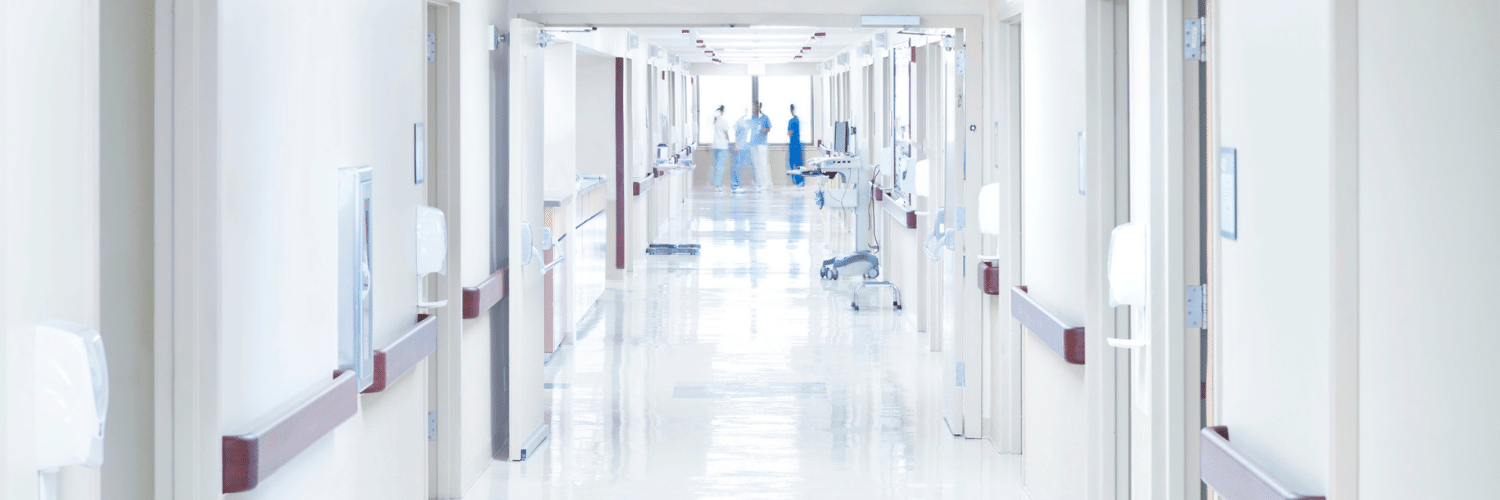




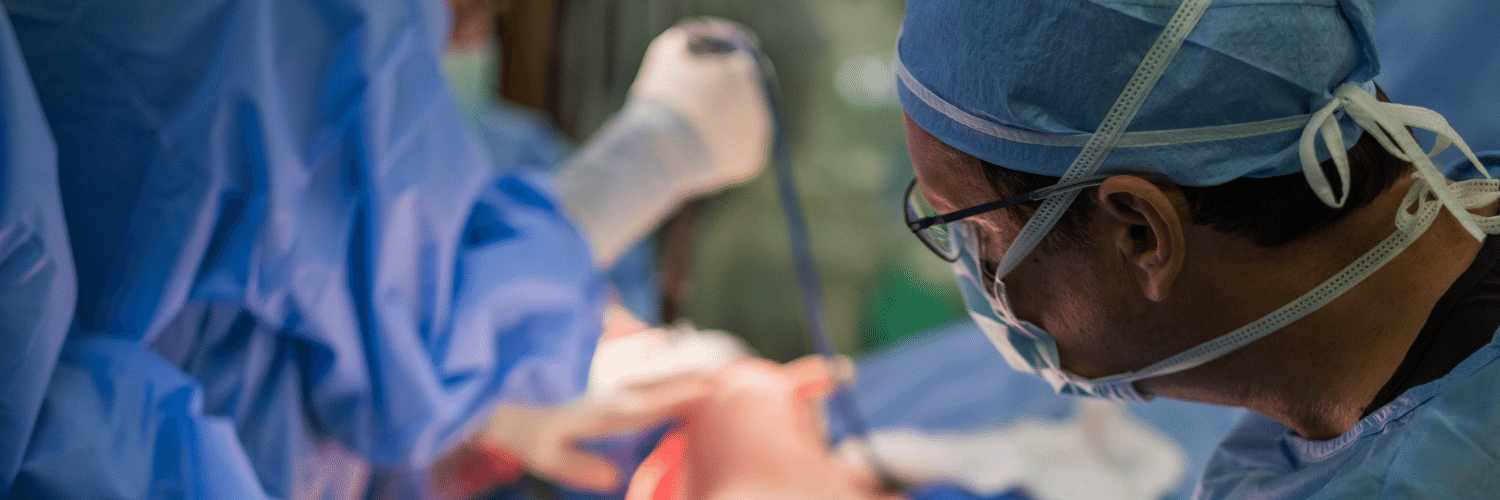

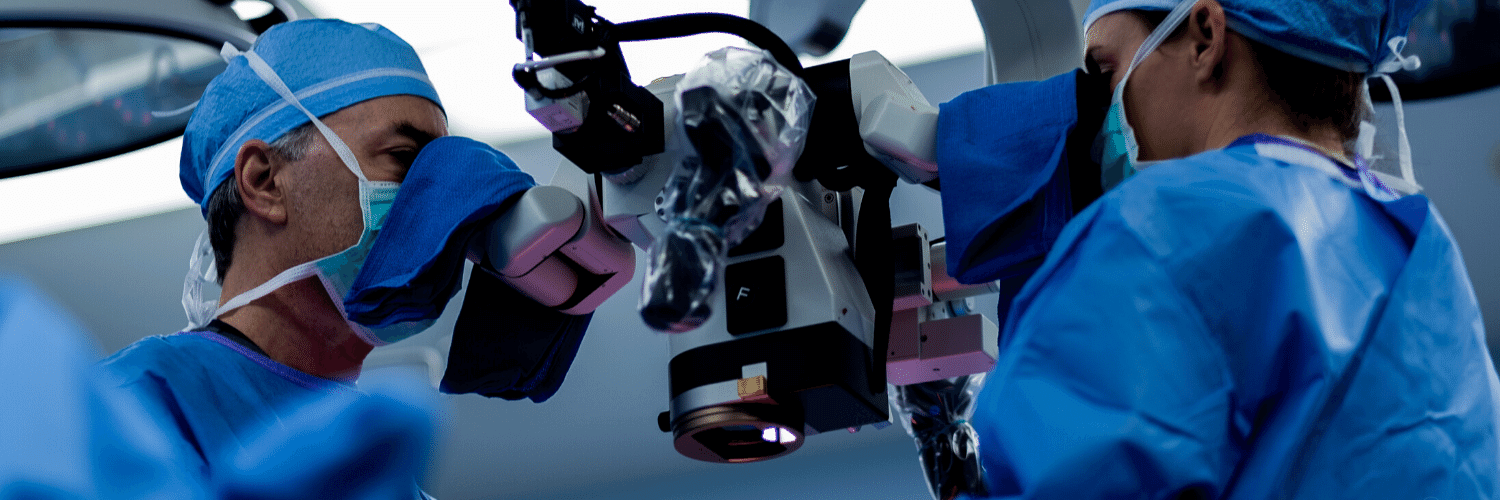

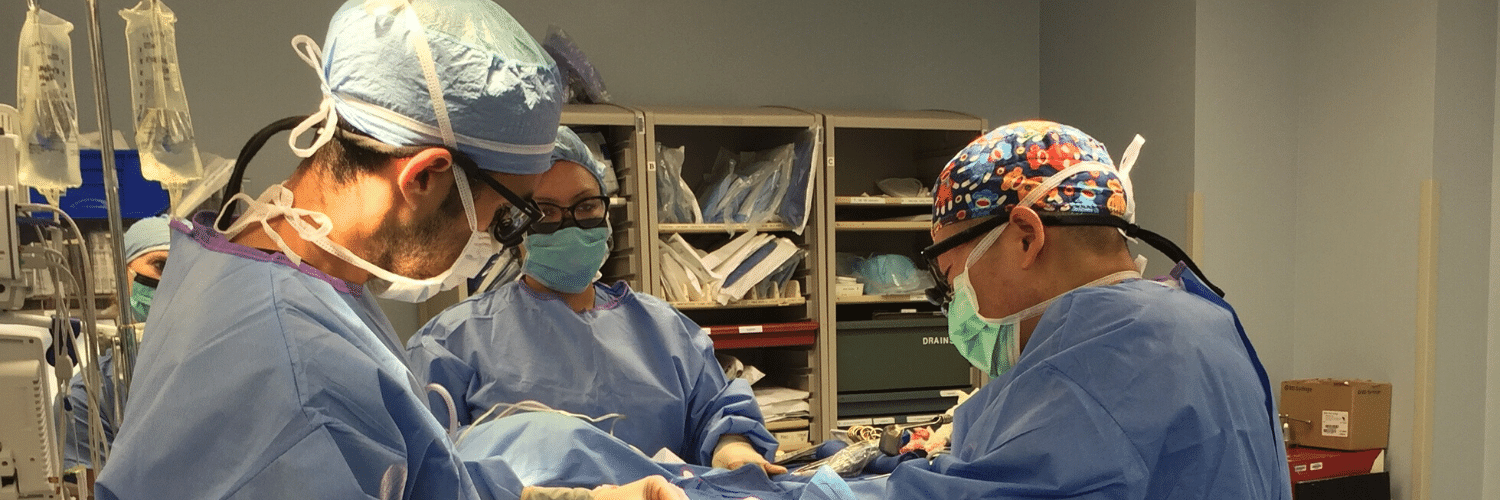


No Comments